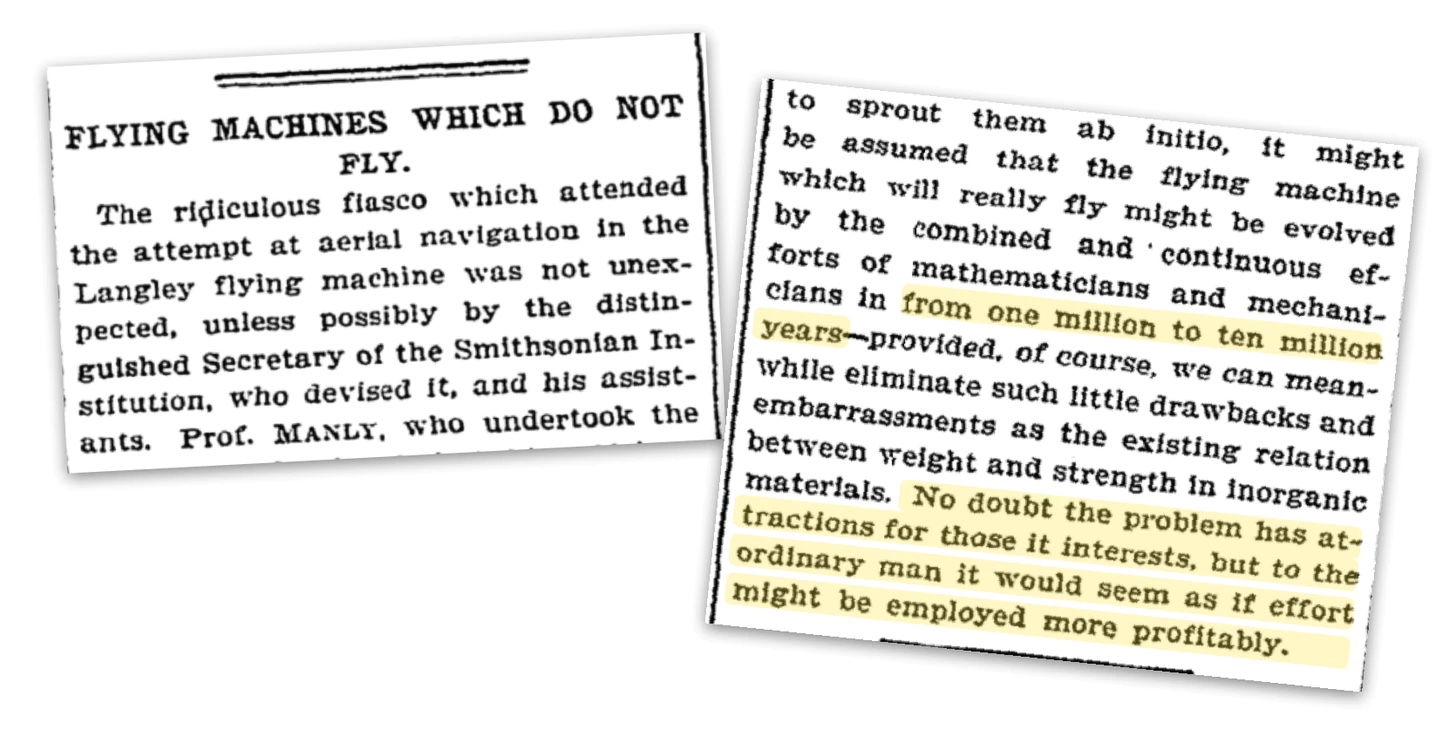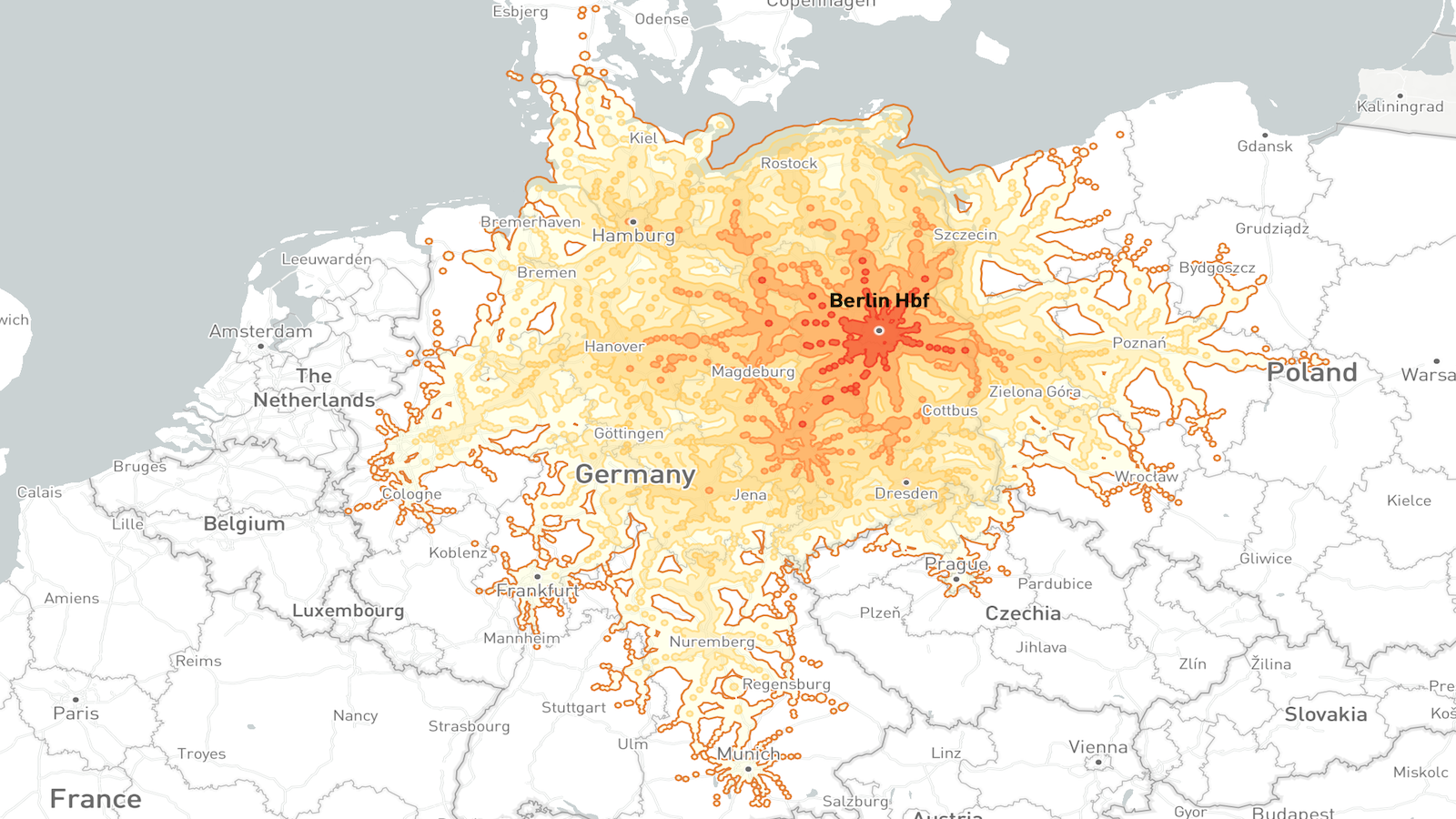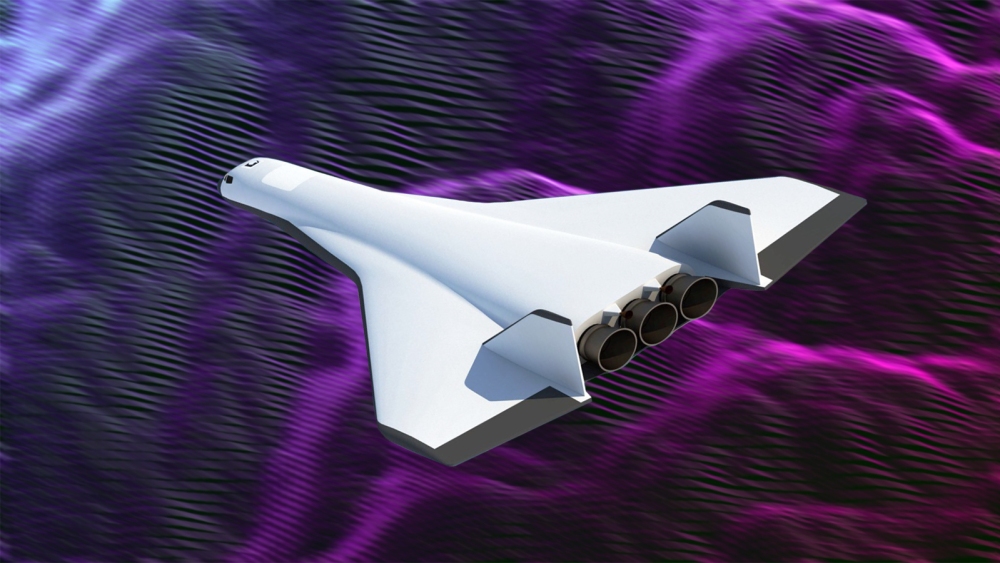What happened to Flight MH370? Don’t believe what Netflix’s documentary tells you
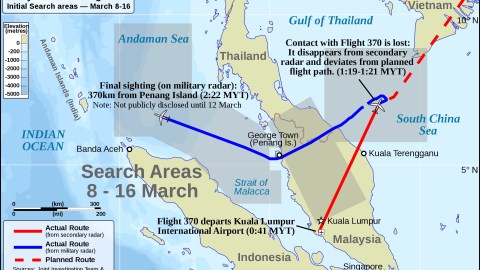
Unless it’s on National Geographic, I am deeply skeptical of documentaries. It seems that many films that label themselves as such are primarily about presenting a polished, highly persuasive narrative — but whether that narrative is true is of secondary importance. Depending on the topic, a documentary that chooses to have a casual relationship with the truth can range from mostly benign entertainment (like Animal Planet’s Mermaids) to nefarious propaganda (like Michael Moore’s Fahrenheit 9/11). Unfortunately, Netflix’s new documentary, MH370: The Plane that Disappeared, is more akin to the latter.
A brief history of Flight MH370
On March 8, 2014, Malaysia Airlines Flight 370 (MH370) departed Kuala Lumpur for Beijing just after 12:40 am (00:40) local time. It never reached its destination. Roughly 40 minutes into the flight, the plane vanished from airport radar and took an unexpected U-turn, flying over the Malay peninsula, then over the Andaman Sea next to Thailand.
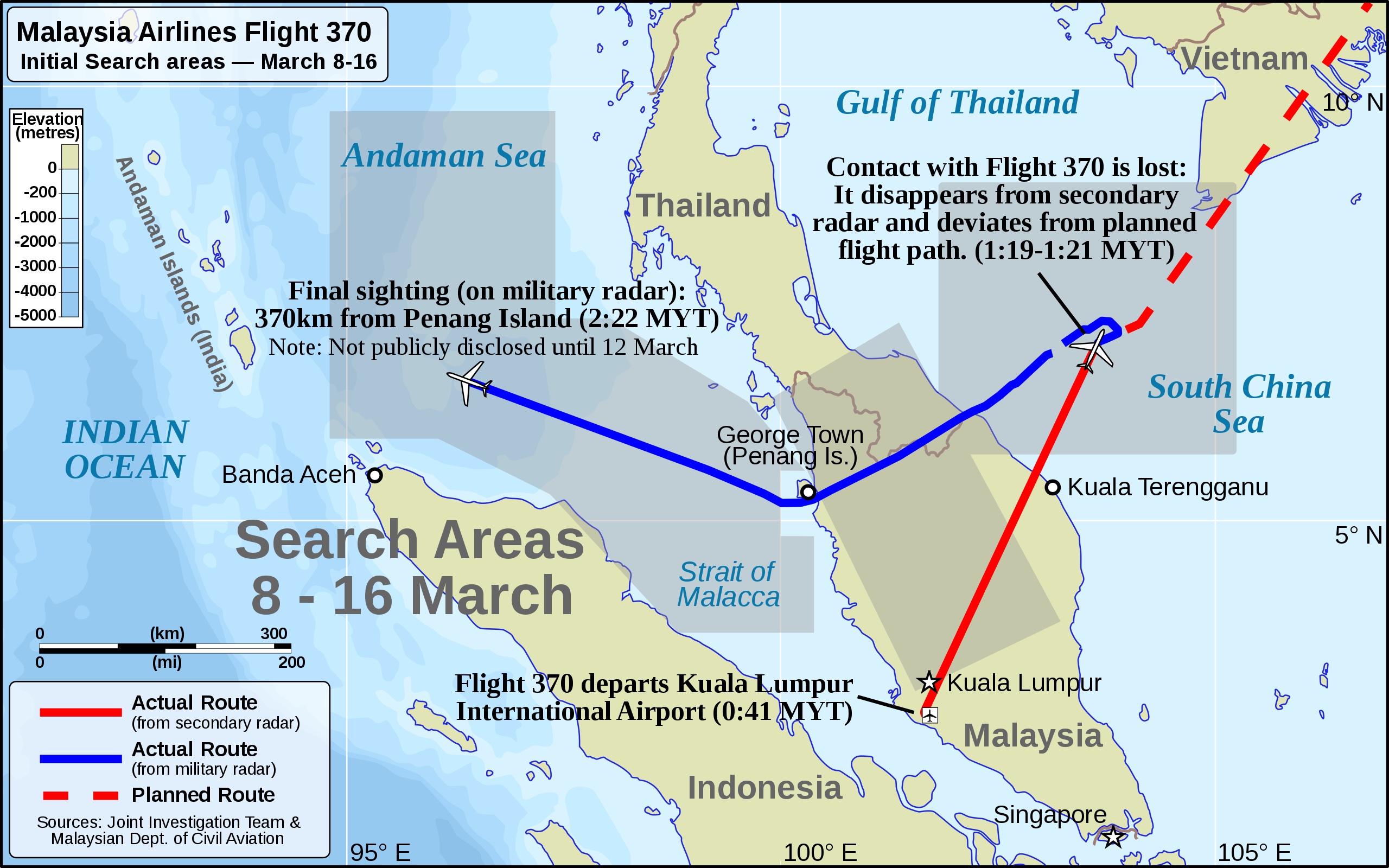
What happened after that is the subject of speculation, but we at least know this: Pieces of the airplane washed ashore on Réunion Island and in various African countries (like Madagascar, Mozambique, Mauritius, and South Africa), indicating that it crashed somewhere in the southern Indian Ocean. In fact, using a model of ocean currents, scientists predicted 12 months in advance that debris would float westward toward Africa — and, indeed, the debris was eventually found there.
So, how did the plane end up in the southern Indian Ocean when it was supposed to go north to China? The existing evidence strongly suggests that the pilot, Zaharie Ahmad Shah, intricately planned a mass murder-suicide. Three facts in particular stand out.
First, friends described Zaharie as lonely and sad. According to a 2019 article in The Atlantic:
“His wife had moved out, and was living in the family’s second house. By his own admission to friends, he spent a lot of time pacing empty rooms waiting for the days between flights to go by… Zaharie seems to have become somewhat disconnected from his earlier, well-established life. He was in touch with his children, but they were grown and gone… There is a strong suspicion among investigators in the aviation and intelligence communities that he was clinically depressed.”
Second, and most damningly, Zaharie had a home flight simulator that simulated crashing a plane into the middle of nowhere in the southern Indian Ocean. The simulated flight path was nearly identical to the flight path that investigators believe MH370 actually took. Third, there is no believable way for anyone other than the pilot to change the flight path.
As it so happens, almost one year later on March 24, 2015, the co-pilot of Germanwings Flight 9525 purposefully crashed the airplane into a mountain in France, killing all 150 people on board. And, of course, 19 hijackers crashed airplanes into the World Trade Center, the Pentagon, and a field in Pennsylvania on 9/11. So, “mass murder-suicide by pilot” is a real phenomenon (though the hijackers weren’t exactly “pilots”).
Netflix documentary promotes conspiracy theories
Unfortunately, there is no “smoking gun” proving that Zaharie is guilty. Richard Godfrey, an avionics expert who has studied MH370 for nearly a decade and has extensive experience designing and operating electronic systems for commercial and military aircraft, told Big Think in an interview, “Most evidence points to a murder-suicide by the Captain Zaharie Shah, although most evidence is insufficient to stand up in a court of law.”
We are, therefore, in the frustrating position of knowing the likely truth but being unable to prove it. And precisely because there isn’t 100% uncertainty, conspiracy theorists have stepped in, confident that their bizarre explanations are every bit as legitimate as the “MH370 consensus,” such as it is. This is where the Netflix documentary comes into play.
The three-part series MH370: The Plane that Disappeared proposed three theories to explain what happened: (1) The Pilot, (2) The Hijack, and (3) The Intercept. To its credit, the documentary explained everything that I have written above in the first theory about the pilot. If only Netflix had stopped there. Instead, it went on to propose two more theories.
In “The Hijack,” the documentary heavily relied on journalist Jeff Wise, who proposed that Russian terrorists hijacked the airplane by climbing down into an electronics compartment (called the Main Equipment Center, MEC) hidden beneath the first class cabin, commandeering the plane, faking satellite location data, and flying it to Kazakhstan. But this theory ignores some important facts and ends up creating more questions than answers.
For example, Godfrey explained to the website Airline Ratings that it is not possible to access the MEC without being noticed by someone; it is not possible to take control of an airplane from inside the MEC; satellite location data is captured and distributed in real-time and cannot be manipulated; and the radar systems in India, Myanmar, Bangladesh, Nepal, Bhutan, Kyrgyzstan, Tajikistan, Uzbekistan, and China would have detected a stray Boeing 777 flying toward Kazakhstan. Besides, if the plane landed in Kazakhstan, then why haven’t we heard from any of the passengers?
In “The Intercept,” Netflix delves further into fantasy by promoting the work of French journalist (I’m using that word here very loosely) Florence de Changy, who proposed that the U.S. government used special aircraft called AWACS to jam MH370’s communications system (thereby causing it to disappear from radar), after which it was then shot down. Why? According to de Changy, MH370 was carrying “poorly documented Motorola electronics equipment” that the U.S. did not want China to have. So, the U.S. murdered 239 innocent civilians to ensure that China did not get that equipment.
One problem with this theory — other than the complete lack of evidence in support of it — is that a conspiracy of this magnitude would require the cooperation of thousands of people across several countries. This is essentially a mathematical impossibility because, sooner or later, one of the many conspirators would accidentally or intentionally blow its cover. It’s been nine years; surely somebody, somewhere would have said something by now.
Though it wasn’t presented in the documentary, de Changy also believes that the shooting down of Malaysian Airlines Flight 17 over Ukraine by Russian separatists in July 2014 was actually an act of retaliation carried out by Vladimir Putin on behalf of China, which lost many citizens on MH370. It goes without saying that there isn’t evidence for that, either — though she did publish her investigations in a book that Big Think does not plan to review.
For good measure, the documentary included several scenes in which interview subjects were questioning each others’ motives and credibility, giving the viewer the impression that nobody is trustworthy.
Shame on Netflix
Video is a powerful medium. People believe what they see, particularly if it’s tied together with a convincing story. It’s why dictators the world over make sure that they control the TV news. But instead of giving the 239 suffering families and the public at large a true story, Netflix exploited the pain caused by a horrifying tragedy to push lies and conspiracies to boost its viewership. Shame on them.
